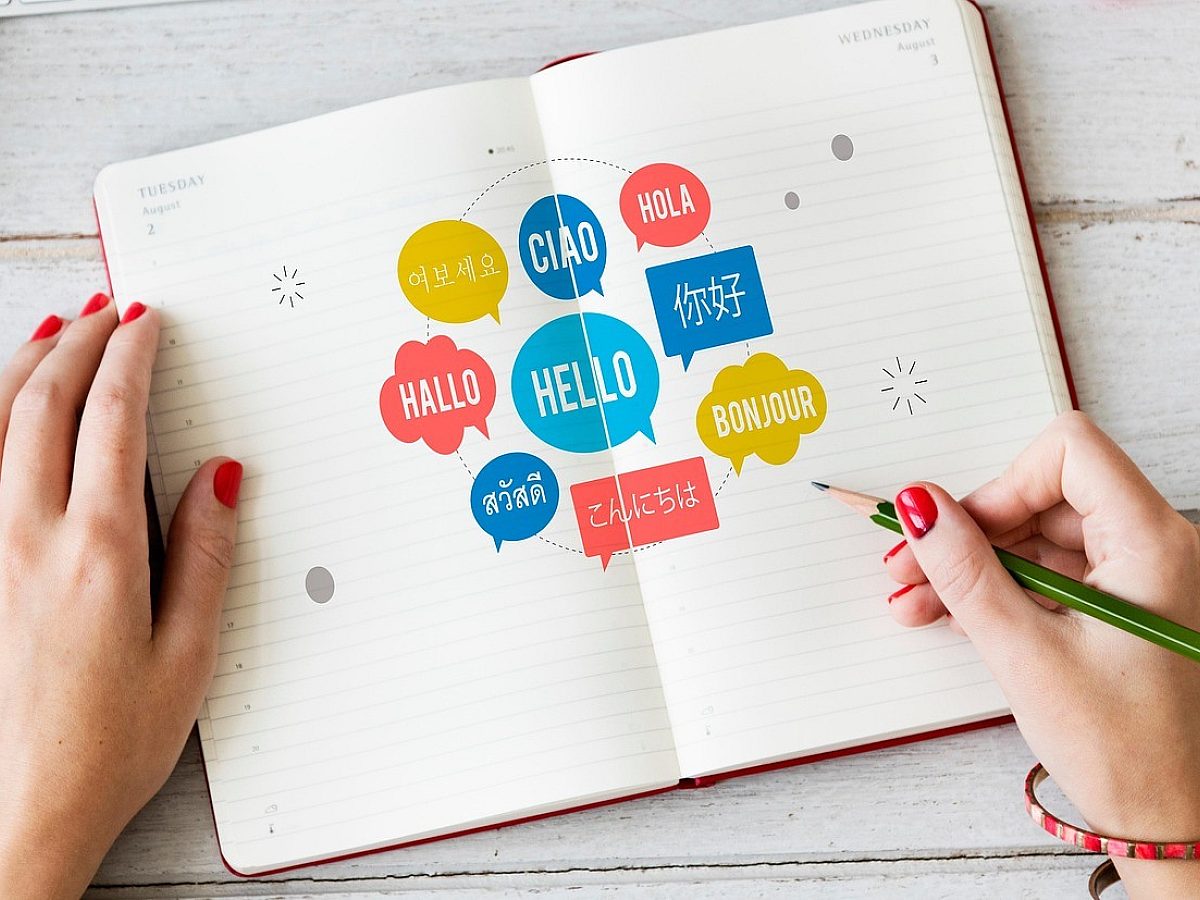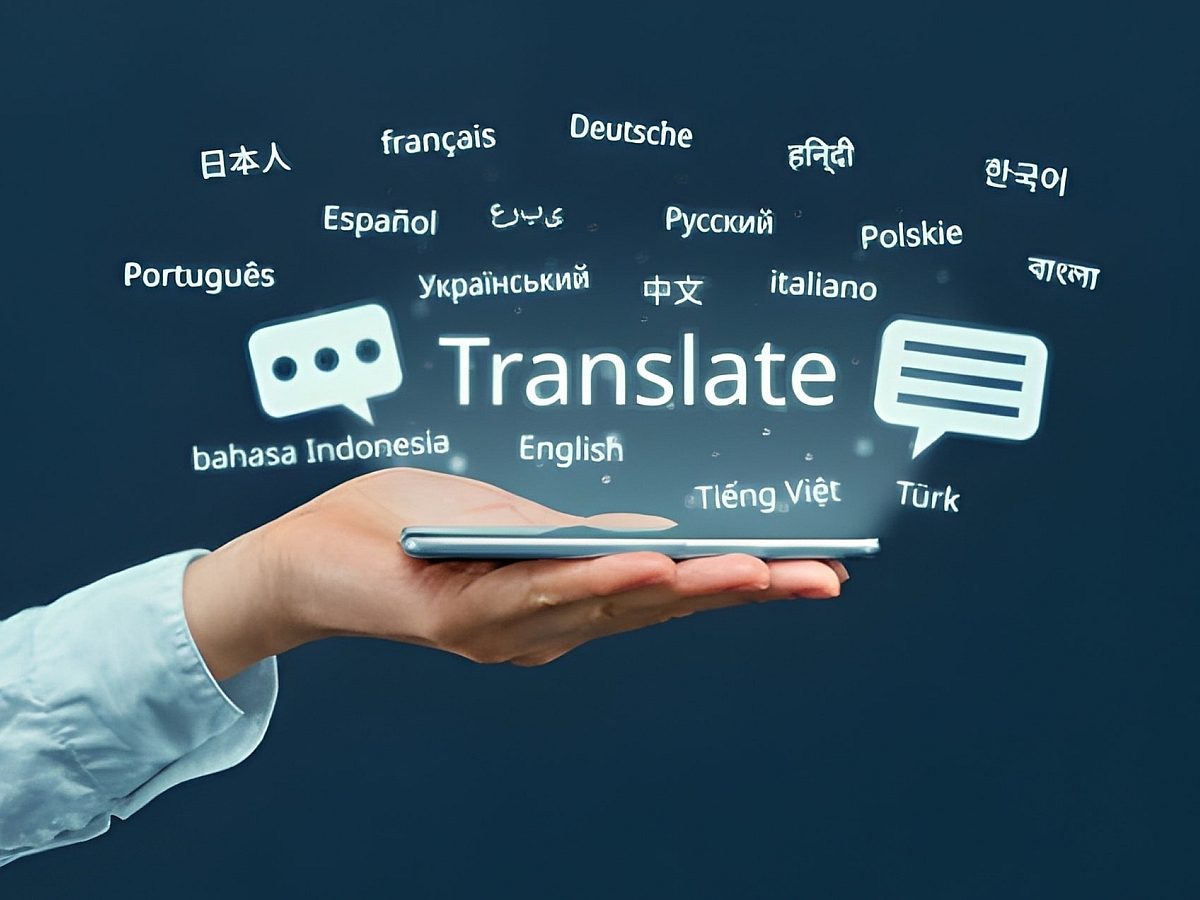Introduction: A Subtitled World in Transformation
Subtitles have evolved from being a simple accessibility feature to becoming a strategic pillar of global media distribution. Whether in streaming, gaming, or social media, subtitles now define how stories are experienced, understood, and shared across cultures.
But as content production scales at lightning speed, companies face a new challenge: how to deliver subtitles that are fast, accurate, and culturally authentic. That’s where Wolfestone Group comes in.
At Wolfestone, we specialize in translation, subtitling, dubbing, and voiceover services that combine the best of AI innovation with expert human review. This hybrid approach ensures businesses don’t have to compromise—getting the speed of automation while retaining the nuance and cultural sensitivity only skilled linguists can provide.
From helping global brands launch new content into international markets, to supporting businesses with training videos, e-learning, or multilingual marketing campaigns, Wolfestone empowers organizations to reach wider audiences, improve accessibility, and connect with customers in their own language.
And in the world of subtitling, this balance of technology + human expertise is exactly what defines the future: the rise of smart subtitles.
Why Subtitles Matter More Than Ever
Before diving into hybrid workflows, let’s step back: why have subtitles become so central?
Accessibility: Subtitles empower deaf and hard-of-hearing audiences. Platforms like TikTok with auto-captioning show how inclusivity drives engagement.
Globalization: Streaming giants like Disney+ and HBO rely on subtitles to distribute content instantly in dozens of markets.
Discoverability: Searchable transcripts and multilingual captions boost SEO for platforms like YouTube and Spotify.
Technical Quality: With 4K HDR screens (see Amazon Prime’s subtitle innovations), legibility and contrast are as critical as accuracy.
In short: subtitles are no longer an afterthought—they’re a strategic advantage.
The Promise of AI in Subtitling
Artificial Intelligence, powered by Automatic Speech Recognition (ASR) and Natural Language Processing (NLP), has transformed subtitling.
Speed: AI tools can generate first-draft subtitles in near real-time.
Cost Efficiency: Large-scale content can be processed faster than ever.
Multilingual Expansion: Platforms like TikTok and YouTube now roll out multilingual auto-captions, lowering barriers to entry for creators.
For example, an anime episode or a live sports stream can be captioned in multiple languages within hours—something unimaginable a decade ago.
Yet, while impressive, AI alone isn’t flawless.
Where AI Falls Short
Despite breakthroughs, AI subtitling faces three big challenges:
- Contextual Understanding
Words with multiple meanings (homonyms) often trip up AI.
Example: In anime, honorifics like senpai may be mistranslated if left to machines.
- Cultural Sensitivity
Sarcasm, idioms, and humor rarely survive direct translation.
As seen in Crunchyroll’s dubbing pipelines, cultural adaptation is as important as linguistic accuracy.
- Technical Syncing
Subtitles must align with visuals and audio timing. AI-generated captions often lag or overlap, reducing readability.
This is where human review proves indispensable.
Human Review: The Art Behind Subtitles
Human linguists bring something AI cannot: empathy, context, and cultural intelligence.
Nuance: Humans refine AI drafts, ensuring emotional tone aligns with the story.
QA Standards: Much like HBO uses style guides to enforce consistency, human editors safeguard accuracy.
Audience Trust: For passionate communities—whether anime fans or gamers—small localization errors can break immersion.
At Wolfestone, this mirrors our own service model: using cutting-edge technology to streamline workflows, but always with expert human translators at the core. This ensures quality isn’t sacrificed for speed.
The Hybrid Model: AI + Human Review in Action
So what does the future look like? A hybrid subtitling pipeline that maximizes efficiency without compromising quality.
- AI Draft Generation
Tools generate fast first-pass subtitles.
Benefits: speed, scalability, low cost.
- Human Editing & QA
Linguists review, refine, and culturally adapt subtitles.
Ensures accuracy, tone, and readability.
- Technical Integration
Subtitles optimized for multiple formats (SD, HD, HDR, mobile).
Example: Amazon Prime’s focus on subtitle visibility in 4K content.
The result? Faster turnaround times, higher accuracy, and content that resonates across global audiences.
Case Studies: Hybrid Subtitles in Practice
1. YouTube Live Captions
YouTube’s live captioning system leverages ASR for real-time subtitles, but still benefits from human oversight for polished post-stream edits. This hybrid keeps streams accessible while maintaining long-term quality.
2. Disney+ Dubbing Pipelines
Disney+ invests in AI to streamline workflows but retains human casting directors and editors. Subtitles and dubs undergo layers of review to ensure global audiences feel the same magic.
3. EA Gaming Localizations
In video games, where branching dialogues require context, EA combines AI for large-scale script processing with human reviewers to refine emotional delivery.
Future Trends in Smart Subtitling
The next decade will bring even more innovation, blending AI with human skill:
Adaptive Subtitles: AI that adjusts font, size, and placement based on screen type (mobile vs. cinema).
Personalized Captions: Viewers may soon set preferences—e.g., simplified language, regional slang, or accessibility modes.
Real-Time Multilingual Captions: Live events streamed globally with instant, human-reviewed AI captions.
For businesses, this means subtitling is no longer just a technical service, but a strategic investment in global reach.
Wolfestone’s Role in the Future of Subtitles
At Wolfestone, we believe the future of subtitling is hybrid—combining the speed of AI with the expertise of human linguists. Our services include:
Subtitling and Captioning: Tailored for streaming platforms, businesses, and global training content.
Dubbing and Voiceover: Bringing authentic voices to international markets.
Transcription and Translation: Supporting accessibility and discoverability across media.
As we’ve seen from Netflix, Disney+, Crunchyroll, and EA, localization is not just technical—it’s cultural, creative, and strategic. Wolfestone helps clients bridge those worlds.
Tying It All Together: A Future-Facing Perspective
Looking back at the key players we’ve analyzed across this blog series:
Netflix: Revolutionized subtitling as a mainstream strategy.
TikTok & YouTube: Democratized accessibility through auto-captions.
Disney+ & HBO: Elevated localization with dubbing pipelines and workflows.
Amazon Prime: Set new standards for subtitle visibility in HDR content.
Crunchyroll & EA: Proved the importance of localization in niche communities.
The next step is clear: AI + Human hybrid models will define the future of global media accessibility.
Subtitles are no longer just text at the bottom of the screen. They are a bridge of inclusion, globalization, and cultural connection. Businesses that embrace hybrid workflows will not only reach more audiences but also earn their loyalty.
Conclusion: Smarter Subtitles, Smarter Future
The world is watching—and listening—like never before. Whether it’s an anime fan in Brazil, a gamer in Germany, or a Netflix viewer in India, audiences expect authentic, accessible experiences.
By harnessing AI’s speed and human expertise, companies can deliver smart subtitles that do more than translate—they connect cultures.
At Wolfestone, we’re proud to be at the forefront of this evolution. To explore how our subtitling, translation, and localization services can elevate your global strategy, visit Wolfestone’s services page and start building your future in every language.




